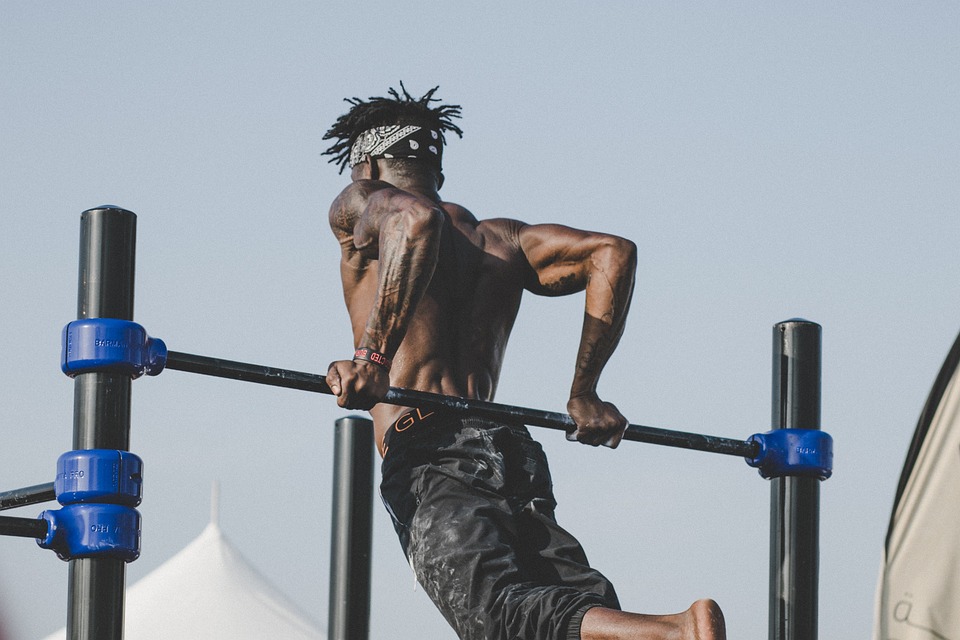Everything You Wanted To Know About BREAKING MUSCLE BODYWEIGHT WORKOUT And Were Too Embarrassed To Ask!
A breaking muscle bodyweight exercise is any exercise done at or near your skeletal system’s limit of resistance. Your skeletal system includes your bones, muscles, and connective tissue.

What is a breaking muscle bodyweight workout?
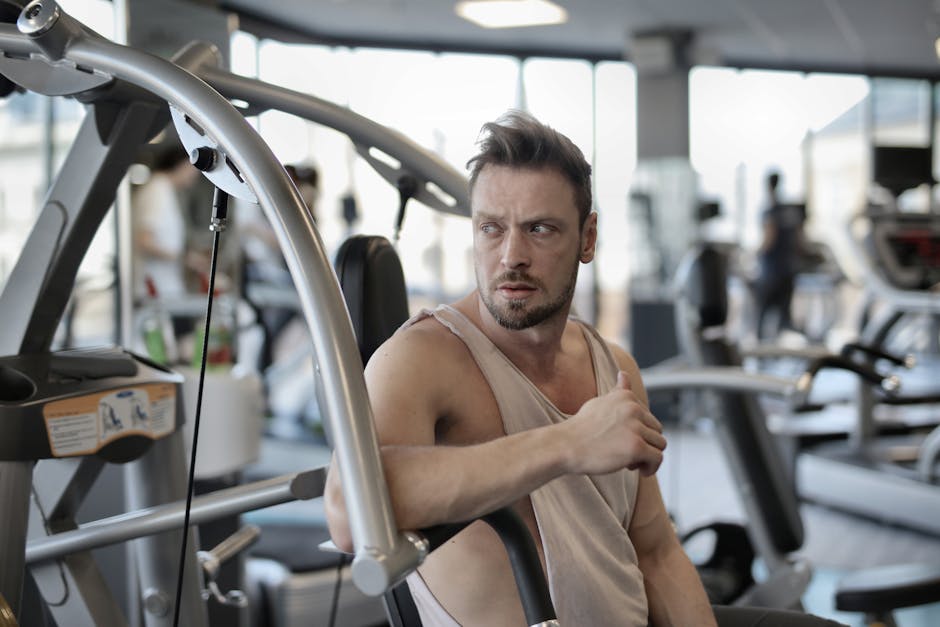
A breaking muscle bodyweight exercise is any exercise done at or near your skeletal system’s limit of resistance. Your skeletal system includes your bones, muscles, and connective tissue.
By working close to this limit, you increase the need for strength proportionally. This is why these exercises are so powerful!
Breaking muscle bodyweight workouts can be anything from doing push-ups, jumping back onto a box, or stepping up onto the floor. All of these movements work every major muscle in your body but focus more on building strength than pure size.
This article will talk about two different types of breaking muscle bodyweight workouts that can easily be adapted into your routine. These will be discussed next.
Who should do a breaking muscle bodyweight workout?
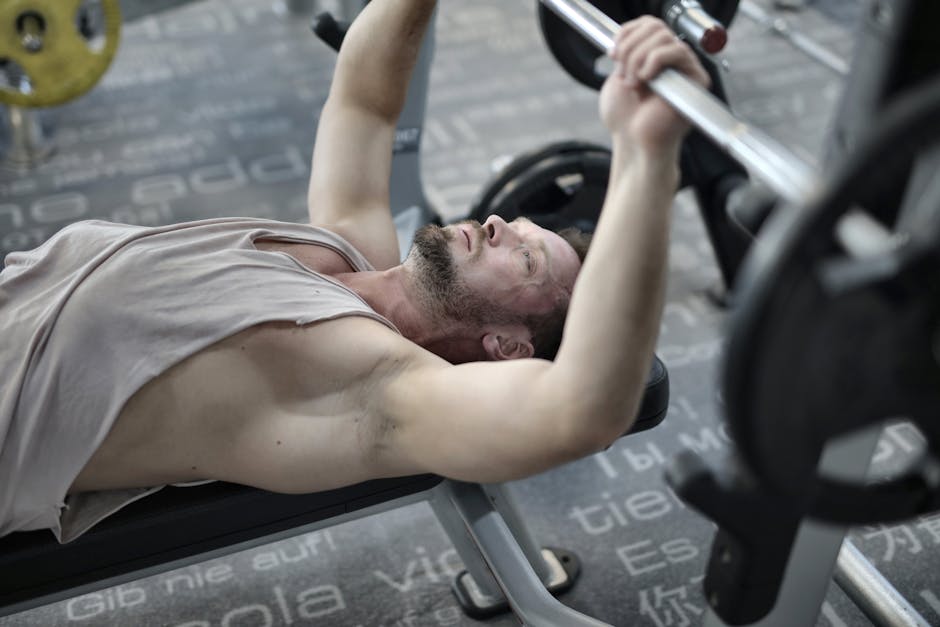
If you are looking to achieve your fitness goals, then learning how to break down and work with your muscles is an essential skill. Breaking down means moving away from weight-based exercises (using weights) and using your muscles instead!
Breaking workouts aren’t for beginners, but they are helpful for experienced athletes and gymgoers who want to improve their strength or learn new skills.
You can find many different types of breaking workouts online and in books and magazines, so there are lots of resources available no matter what level of athlete you are.
There are three main reasons why breaking workouts are important to know about as an athletic person. First, most breaking movements are easy to perform and don’t require too much equipment. Second, some of them help develop certain key muscle groups that normal weight lifting doesn’t. And third, some people enjoy doing breaking moves more than conventional ones.
This article will discuss one such exercise – The Swiss Ball Kick. Read on to see how to do this move correctly!
What equipment should I use for a breaking muscle bodyweight workout?

For creating your own breaking muscle bodyweight workouts, you do not need any special equipment beyond what you already have access to at home or in the gym. All of the exercises can be done without any additional resources.
There are two main reasons why this is important to know. First, most of these exercises can be performed anywhere there is an object that you can push against or drag across a surface. Second, many of these exercises can easily be modified or adapted to make them more challenging.
This article will go over some basic exercises that anyone can perform to create their breaking muscle bodyweight workouts. When doing these exercises, try to keep the feet as close to each other as possible and balance with one foot only so it becomes easier to maintain proper form.
You can take your time and focus on keeping tight throughout the whole exercise before adding more resistance.
How can I perform a breaking muscle bodyweight workout?
Breaking up workouts is not new, but this particular exercise style requires more than just your hands and feet! Performing these exercises needs additional resources such as weight plates or weights, yoga blocks or blankets, or even thick towels that you can use to add resistance.
Breaking down a routine into smaller chunks allows you to easily adjust the intensity of each component. For example, if you cannot handle lifting heavier weights then you do not have to include that in your routine. By using lighter weights you can still get the same benefit from the exercise!
There are several types of breaks you can add to your routine depending on what part of the workout you are struggling with. For instance, you may be able to perform lower body moves like squats, lunges, or calf raises easier so those can be substituted for other break-down routines.
Breaking up your workout in this way makes it much more accessible to everyone! No matter how many muscles you have or don’t have there are always ways to find an appropriate balance of strength and cardio within your fitness regime.
What results will I see in my weightlifting progress?
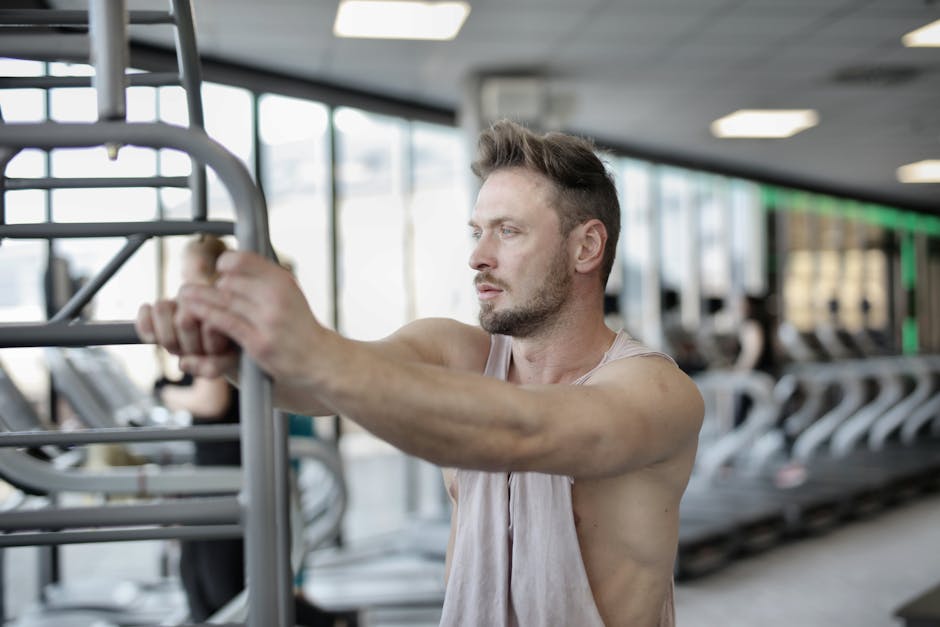
The most important factor in your weight-lifting success is how you prepare for your next workout. If you are going to the gym every day, without any rest or relaxation, it will not matter how much money you spend on weights or how many different types of workouts you have, you will still feel tired and unprepared.
You must take some time off after you work out so that your muscles can relax and recover! This process also helps retain muscle mass which is very important as we age because skeletal muscle decreases in density as we get older.
With weight loss, trying to stay active is even more important as your body uses calories to maintain itself! Because your metabolism slows down during weight gain, you need to make sure it does not slow down completely by staying active.
There are several ways to do this. Some people suggest doing something with your hands (such as juggling, washing dishes, or knitting) or doing something with your feet (like running or swimming). Others recommend taking a good walk outside or practicing yoga at home. Whatever activity you choose should be fun for you!
Whatever you decide to do, just make sure you focus on it and give it your full attention for a few minutes each night. It takes about 30-60 seconds longer than thinking about other things, but it makes a big difference and keeps you moving on top of health benefits!
What are the risks in a breaking muscle bodyweight workout?

One of the biggest fears people have when trying this method is the risk of injury. There’s no equipment used in this style of exercise, which can make it seem more difficult or scary because you aren’t able to easily assess how much weight you can handle before hurtling onto the floor or stepping back out.
Fortunately, though, these practices are designed to help prevent injuries!
By using your own body as resistance, you reduce the stress placed upon certain muscles, bones, and connective tissues. This gives them a chance to relax and recover properly, improving their functioning and reducing the potential for damage.
Furthermore, since there are no weights involved, you don’t need to be very strong to do this activity! It will improve your strength and fitness levels even if you are not necessarily “stronger than average.”
However, just like with any other kind of exercise, if you aren’t sure about yourself yet then chances are you will feel uncomfortable starting at first. That’s normal! Keep practicing and soon you'll be doing it confidently and quickly.
What should I focus on during a breaking muscle bodyweight workout?

When planning your next breaking muscle bodyweight workout, what you should be thinking about is time. How much time do you have to work out?
You can’t make any special or unique exercise choices when performing a BM2X because there is no equipment needed for these workouts. All of the exercises in this category could be considered functional strength moves as well, which makes them even more valuable to add to your fitness routine.
With that said, some basic tips will help ensure you get the most out of your training session: use your feet smartly, keep your knees soft, and try to go slow enough so that it feels like you are working harder than before.
Breaking down complex movements into simpler ones can also help you gain knowledge from doing them slowly. For example, by practicing lifting one leg at a time on a squat, you’ll learn how to control your depth and how to push yourself farther than just dipping your butt down.
What should I eat before a breaking muscle bodyweight workout?
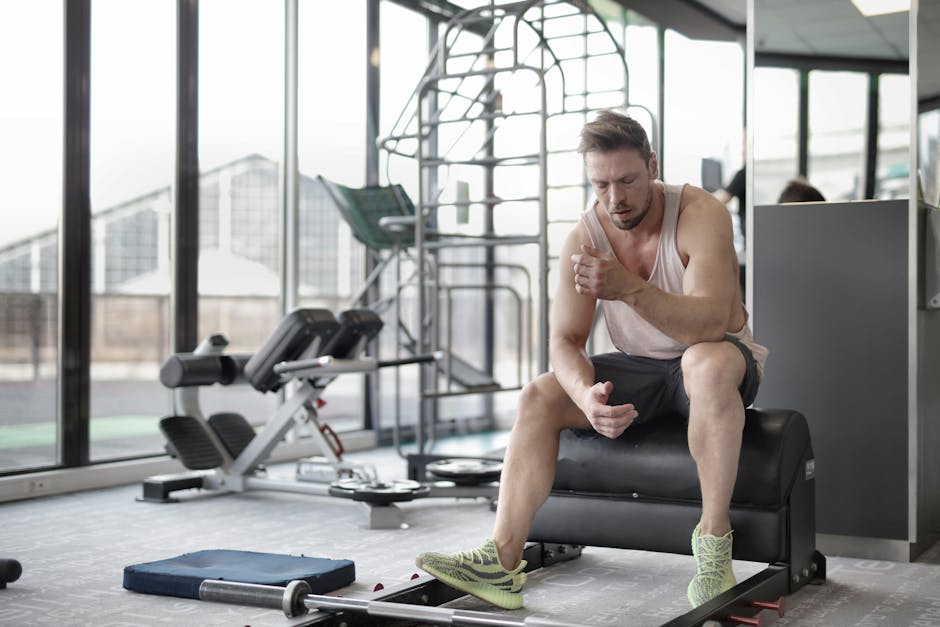
When it comes down to it, any diet choice you make can’t matter if you don’t know what you’re eating. Luckily for you, we have some tips here!
First off, you want to be sure that you are not ingesting too much sugar. This includes plain water drinks with sweeteners as well as sports beverages like Gatorade or Powerade. Limit yourself to two cups of liquid per hour until after your workouts when you can add one cup more per hour.
You also want to try to limit how much protein you consume three hours before your weight lifting session. A good rule of thumb is 1 gram of protein per kilogram of your body weight. So, if you weigh 180 pounds, aim to eat 36 grams (3 x 18) of protein up to three hours ahead of time.
That way your muscles will be stimulated and repaired properly!
What should I eat after a breaking muscle bodyweight workout?

After your weight-lifting session, it’s important to make sure you don’t overdo it with food. Most people start eating soon afterward, but you want to keep yourself hungry for at least an hour!
Most nutritionists recommend keeping yourself as close to meal time as possible so that you can easily add more nutrients to your diet. This is because nutritional intake can take up to two hours to fully digest, so if you feed too quickly, you may not get enough benefits from the foods you are ingesting.
Some trainers will tell their students to just go back to what they were feeding before they started lifting, but this isn’t very helpful since most beginners won’t have that knowledge yet!
Instead, try drinking eight glasses of water, which helps digestion. Plus, water aids in flushing out all the metabolic byproducts left over from exercise, including ketone bodies. Having adequate levels of sodium also helps maintain blood pressure.
Once again, don’t worry about how much you ate or didn’t eat until later. It takes around twenty minutes for your stomach to send messages to your brain telling it that there are no longer hunger signals.
What's Your Reaction?







